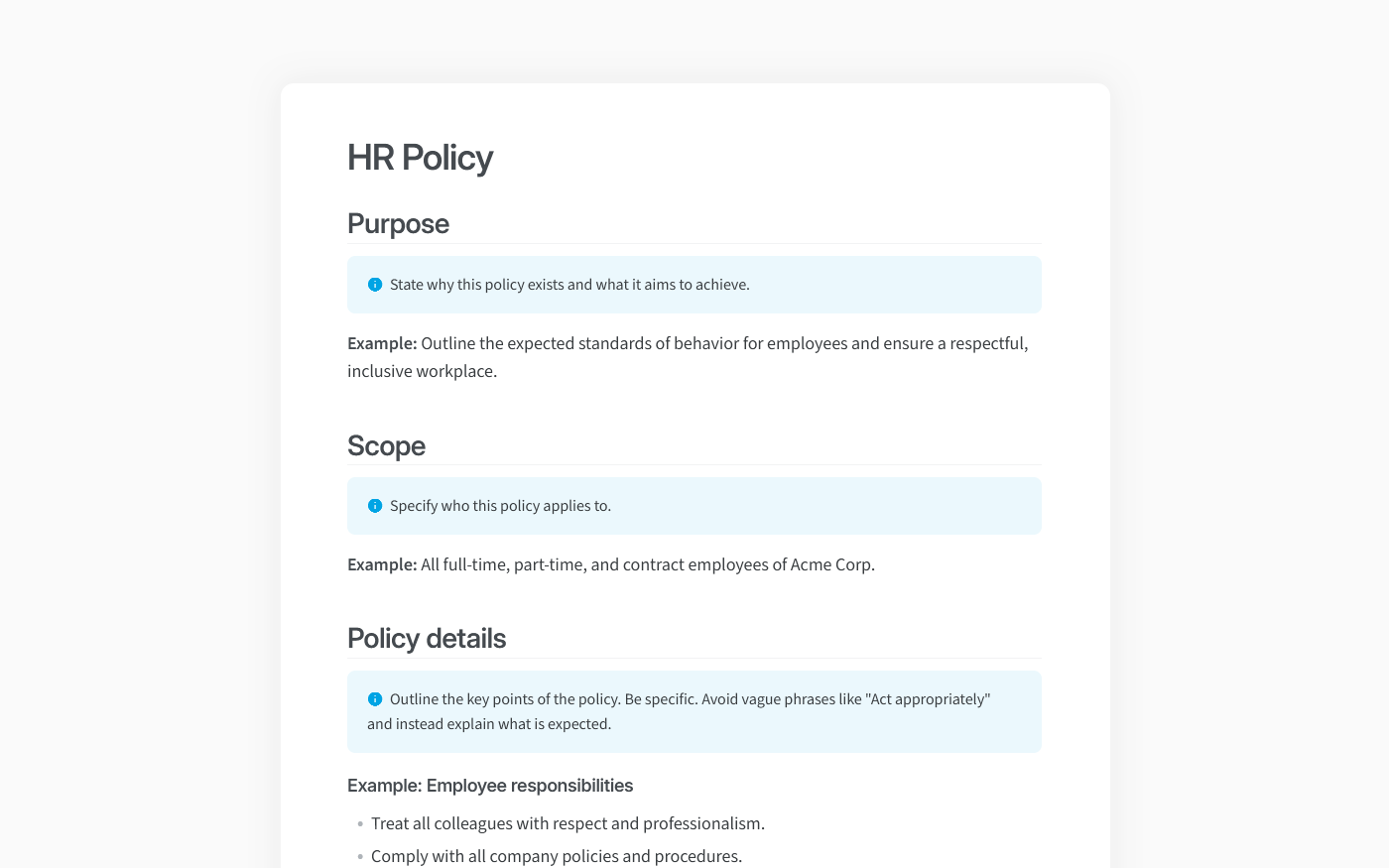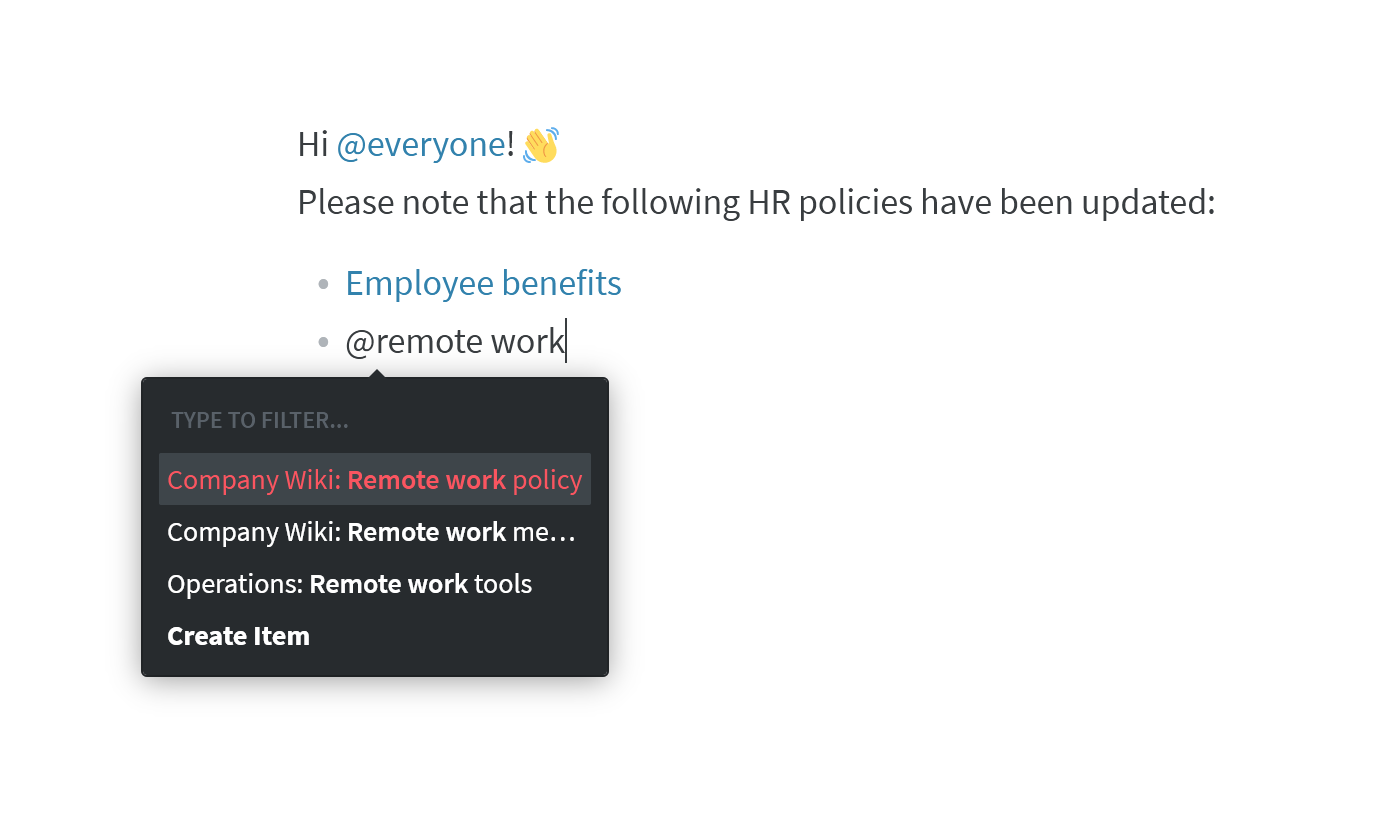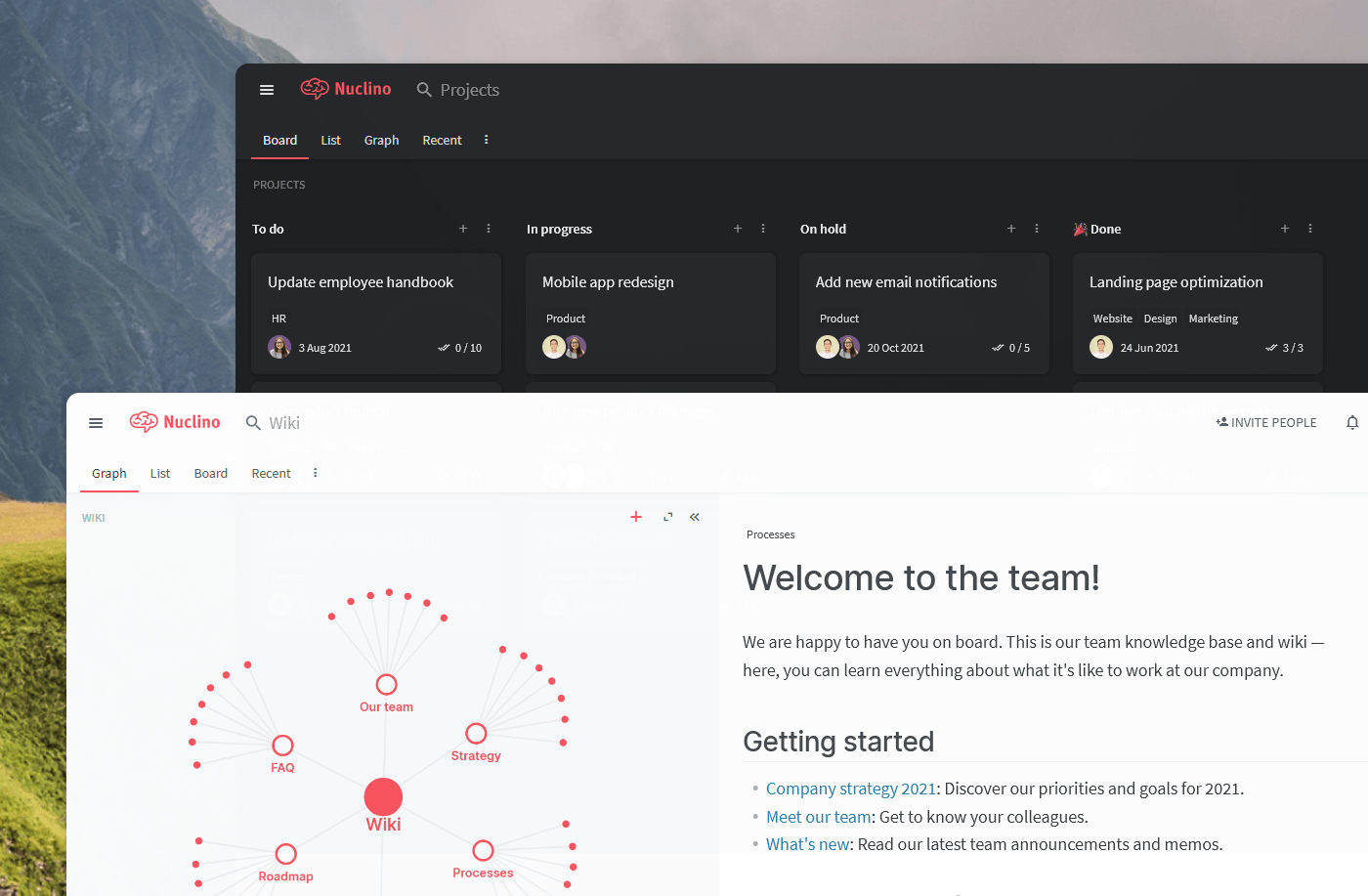10 Essential HR Policies and Procedures
Learn what guidelines need to be included in your employee handbook.
It may be tempting to put off the task of writing up your official HR policies and procedures, especially if you manage a startup or a small business. You may have other, more pressing things to take care of – or maybe you just have a small team and want to keep things friendly and informal.
But while trust between the employer and the employees is important, not having clear and transparent guidelines is guaranteed to eventually lead to misunderstandings. Don't wait for issues to arise to formalize your policies. Set out clear ground rules for your employees, protect your rights as the employer, and ensure your team stays on the same page.
Let's dive deeper into what essential HR policies need to be included in your employee handbook.
- What are HR policies and procedures?
- The purpose of human resource policies
- How to write an effective HR policy
- 10 HR policies to include in your handbook

What are HR policies and procedures?
Human resource policies are formal rules and guidelines that businesses put in place to manage their employees. HR procedures, on the other hand, are step-by-step instructions that specify what actions should be taken to comply with these policies. Defining these policies and procedures is one of the core functions of human resource management.
HR procedures often take the form of standard operating procedure (SOP) documents. Here's an example of what a documented HR policy looks like in Nuclino, a unified workspace for all your team's knowledge, docs, and projects – create an account and start documenting your HR policies in one central place:

HR policy example in Nuclino
HR policies cover a variety of different aspects of human resource management, such as:
Recruitment
Dress code
Overtime compensation
Vacation
Sick days and personal leave
Performance evaluation
Termination
The purpose of human resource policies
While some HR policies are required by law, it's not the only reason they are necessary. In addition to protecting your organization from legal claims, policies play an important role in fostering a culture of trust, fairness, and inclusion.
The benefits of having clear and comprehensive HR policies include:
HR policies provide legal protection to your company
They transparently communicate the conditions of employment
They set employee expectations with regard to their career growth
They help you address employee grievances and disputes
They speed up the decision-making process on various HR matters
They help ensure all employees are treated equally and fairly
They help create a safe and healthy working environment
They serve as a foundation for streamlining and automating HR processes
How to write an effective HR policy
Keep the structure and formatting of your HR policies consistent. While every company has its own internal templates for writing HR policies, the content is usually quite similar and includes the following elements:
Policy name
Effective date of the policy (and dates of any revisions or updates)
Name of the person responsible for updating the policy and answering questions about it
Purpose of the policy
(Optional) Definitions of special terminology used in the policy
Main policy statement
Scope and applicability (including permissible exceptions)
To be effective and deliver on the goals mentioned above, the HR policies also need to be searchable and easily discoverable by employees. Publish the HR policies in your employee handbook, company intranet, or HR portal and share it with the entire team.

Use internal links to organize related policies together and let your team browse the employee handbook like your team's own internal Wikipedia.

10 HR policies to include in your handbook
The workplace is constantly evolving and modernizing, and it's important for your HR policies to reflect that. Not every business invests time in updating its policies and procedures, as demonstrated by the fact that 63% of Americans say their employer still has no social media policy.
The exact list of policies you need to include in your employee handbook will depend on a number of factors, the size, location, industry, the HRIS software you use, and the unique needs of your organization. However, there are several key policies that most organizations deem necessary to have, regardless of circumstances.
Code of conduct
Code of conduct outlines the company's expectations of its employees in terms of behavior, defining what is acceptable and what is not, and keeping the workplace safe and comfortable for everyone. It usually addresses issues such as:
Dress code
Social media use
Punctuality
Harassment and bullying
Recruitment policy
The recruitment policy usually sets out criteria for candidate selection and outlines the new employee onboarding process. In case you have an employee referral program, include it in this policy.
Termination policy
The termination policy, on the other hand, describes how an employee is expected to give their resignation and the amount of notice required. It may also list the employee actions that may result in termination. Employees can use a resignation letter to formally communicate their decision to leave the company, ensuring they meet outlined procedures. This helps maintain a professional and clear record of the termination process for both parties involved.
Working hours and overtime policy
This policy needs to state how flexible the work hours are, when breaks can be taken and for how long, and how to clock in and out. Explain how overtime work is handled and compensated.
Attendance and remote work policy
This policy specifies whether the employees are expected to work from the office or from home. If your team is allowed to work remotely, consider including relevant procedures, such as how to request a home office allowance.
Performance evaluation and promotion policy
The performance evaluation policies are there to transparently communicate to the employees how their jobs are graded and how performance is rewarded. It's there to ensure that all employees are treated fairly and can be a great motivational tool.
Health and safety policy
No matter what industry your company belongs to, workplace injuries can be a risk. The health and safety policy is there to outline the procedures and responsibilities of all employees to keep the workplace safe for everyone.
Expense policy
Explain how expenses should be handled, for example, when employees go on business trips or organize team events. If business travel is a regular part of your operations, it may be helpful to outline how employees can use corporate travel management tools to book their travel while adhering to company policies. In case they are expected to spend their own money, describe the costs they can be reimbursed for and the procedures for doing so.
Benefits and compensation policy
Your employees need to know when and how they will get paid and what benefits they will receive. The policy should outline the payroll frequency and payment methods, and list the additional benefits your business offers, such as medical benefits, wellness programs, bonuses, allowances, and so on. Executive compensation consultants can offer guidance to make sure your compensation packages are competitive and fair.
Leave policy
Taking a certain amount of time off work is what helps your team stay healthy, happy, and productive. Let your employees know how long they are allowed to be away from work and how they can request leave. Include specific policies that pertain to vacation, sick leave, public holidays, childbirth, and so on.
Depending on your country and the industry you are in, there may be additional HR policies and procedures you are legally required to include in your staff handbook. Make sure to consult with a lawyer to make sure you haven't missed anything important.
Nuclino: Your team's collective brain

Nuclino brings all your team's knowledge, docs, and projects together in one place. It's a modern, simple, and blazingly fast way to collaborate, without the chaos of files and folders, context switching, or silos.
Create a central knowledge base and give your team a single source of truth.
Collaborate in real time or asynchronously and spend less time in meetings.
Manage and document your projects in one place without losing context.
Organize, sort, and filter all kinds of data with ease.
Integrate the tools you love, like Slack, Google Drive, Figma, Lucidchart, and more.
Ready to get started?
